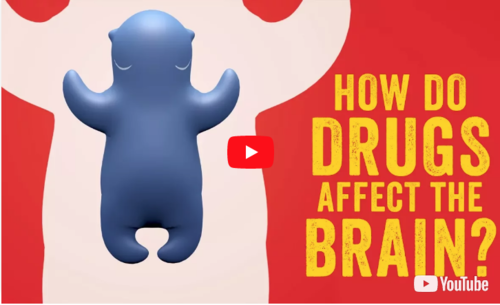Depression and tDCS
What is tDCS?
tDCS stands for Transcranial Direct Current Stimulation. tDCS is a non-invasive brain based treatment that delivers a very weak electric current to the brain (Filmer, 2014). tDCS alters neuroplasticity in the brain by increasing the excitability of neurones in the brain targeted by the anode (the positive electrode), and by decreasing the excitability of neurones in the brain targeted by the cathode (the negative electrode).
Whether tDCS is an appropriate treatment for you, and parameters such as the number of treatment sessions, and the position of anode and cathode will be determined by your health professional, following a detailed assessment and QEEG brain scan, at The Perth Brain Centre.
An extensive study was published this year verifying the efficacy and safety of tDCS (Bikson, 2016). This study assures that of over 33,200 sessions included in their review of human studies there have been no serious adverse effects with use of tDCS. The most common harmless side effects can include minor short-lived discomfort such as itching, tingling or pins and needles under the electrode sites (Bikson, 2016).
Some medications and substances may also impact the efficacy of tDCS, and there are other special considerations that require an experienced approach (Nitsche, 2015). tDCS is a brain-based treatment that is best recommended and delivered by a health professional. The team at The Perth Brain Centre are always happy to discuss treatment options with individuals.
The experience of depression
Depression is not uncommon and any opportunity to talk about it helps to lift the stigma that can surround it. Depression can be a component of other significant health challenges an individual is faced with. The experience of depression is unique to the individual, but there are some common characteristics that can be described including:
Low mood
Feeling negative about yourself, others, situations and life in general
Withdrawing from social activities
Physically slowing down
Changes in emotional expression: anger; agitation; irritability; tearfulness
Changes in behaviour: increasing consumption of food, alcohol, drugs
Finding it difficult to get up and do even basic activities like dressing and showering
Thoughts of self-harm. It is essential talk of suicide is taken very seriously and treatment should be sought immediately.
How does tDCS work for depression?
tDCS works by activating a key part of the brain (known as the left dorsolateral prefrontal cortex) that is responsible for emotional regulation. The beneficial effects of tDCS on mood have been documented as far back as the 1960’s (Palm, 2016). More recent research by Professor Colleen Loo and Team at The Sydney Black Dog Institute in Australia supports the anti-depressant effects of tDCS. (Loo, 2012).
A systematic review published in April this year confirmed the findings of earlier studies showing that tDCS is as effective as anti-depressant drug treatment in primary care (Brunoni, 2016), making it an attractive option for many patients who cannot, or who do not wish, to take medication. This makes tDCS an ideal therapeutic alternative when treating depression during pregnancy (Vigod, 2014).
When you commence your tDCS treatment for depression at The Perth Brain Centre you commit to a concurrent program to capitalise on the increased excitability and plasticity of the brain regions related to your depression. New learning and repetition are key to lasting change.
The ‘window of opportunity’ following tDCS can last from 90 minutes to 24 hours. It is critically important to make the most of this time. We will personalise your program to suit your needs and this may include:
‘This Way Up’ online programs developed by St Vincent’s Hospital Sydney
Psychology – Taryn Linacre is The Perth Brain Centre’s Registered Psychologist
Mindfulness meditation and visualisations
Meaningful and purposeful activity
Exercise, outdoors in green nature
Fun !
Reference










